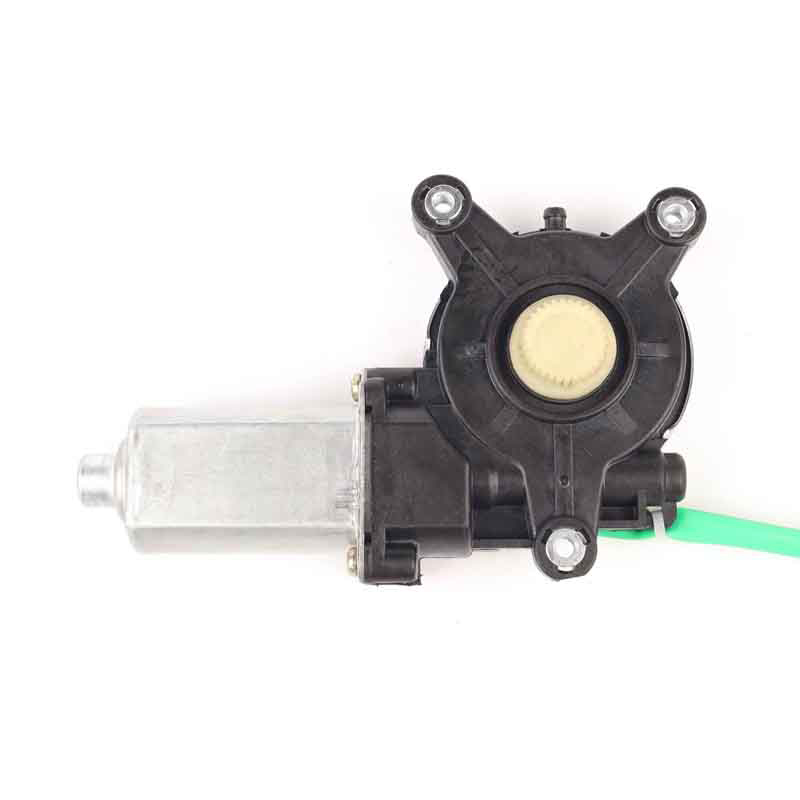 +86-0577-66009580
+86-0577-66009580
 juntmotor@126.com
juntmotor@126.com

A car window glass motor is an essential component of modern vehicles, allowing drivers and passengers to easily open and close windows with the push of a button. However, over time, the driver's side window motor and passenger window motor can experience wear and tear, cause slow operation, unusual noises, or complete failure. Proper maintenance is key to ensuring these motors last as long as possible. Here are some important steps you can take to keep your car window glass motor functioning smoothly.
1. Keep the Window Tracks Clean
One of common reasons for driver's side window motor and passenger window motor failure is debris buildup in the window tracks. Dirt, dust, and grime can create friction, making it harder for the car window glass motor to move the window up and down. To prevent this, regularly clean the window tracks with a soft brush or compressed air, and apply a silicone-based lubricant to keep them running smoothly.
2. Avoid Overloading the Window Motor
Pressing the window switch repeatedly or forcing the window open when it's stuck can put excessive strain on the driver's side window motor and passenger window motor. If the window seems sluggish or unresponsive, avoid forcing it and check for possible obstructions. Overloading the car window glass motor can cause premature wear and permanent damage.
3. Test Window Operation Regularly
Even if you don't frequently use certain windows, it's important to operate them occasionally to ensure the driver's side window motor and passenger window motor remain in good working condition. This prevents internal components from becoming stuck or corroded due to lack of use. By regularly testing the car window glass motor, you can identify any potential issues early and take necessary action before the problem worsens.
4. Listen for Unusual Sounds
If you hear grinding, clicking, or squeaking noises while using the driver's side window motor or passenger window motor, it could be a sign of wear or internal damage. Unusual sounds often indicate that the car window glass motor is struggling due to misalignment or debris in the system. If the noise persists, have a professional inspect the motor to avoid a complete breakdown.
5. Protect the Window Controls
The switches that control your driver's side window motor and passenger window motor should be kept clean and dry. Spilled drinks, dirt, and excessive force when pressing the controls can cause electrical failures. Use a soft cloth to clean the buttons periodically and avoid pressing them too hard, as excessive pressure can wear out the electrical contacts inside.
6. Check the Electrical Connections
A weak or failing power connection can cause the car window glass motor to work intermittently or stop functioning altogether. If you experience window movement issues, inspect the fuse, wiring, and switch to ensure they are functioning correctly. Loose connections can reduce the power supply to the driver's side window motor and passenger window motor, cause poor performance.
7. Seek Professional Maintenance if Necessary
If your car window glass motor starts showing signs of significant wear, such as slow movement, jerking, or complete failure, professional repair or replacement may be necessary. A skilled technician can diagnose the problem and either clean, repair, or replace the driver's side window motor or passenger window motor to restore proper function.
Maintaining your car window glass motor is crucial for ensuring smooth and long-lasting performance. By keeping the window tracks clean, avoiding excessive force, regularly testing the motors, and addressing any unusual noises or electrical issues, you can extend the lifespan of your driver's side window motor and passenger window motor.

